Asus 2009 Annual Report Download - page 101
Download and view the complete annual report
Please find page 101 of the 2009 Asus annual report below. You can navigate through the pages in the report by either clicking on the pages listed below, or by using the keyword search tool below to find specific information within the annual report.-
 1
1 -
 2
2 -
 3
3 -
 4
4 -
 5
5 -
 6
6 -
 7
7 -
 8
8 -
 9
9 -
 10
10 -
 11
11 -
 12
12 -
 13
13 -
 14
14 -
 15
15 -
 16
16 -
 17
17 -
 18
18 -
 19
19 -
 20
20 -
 21
21 -
 22
22 -
 23
23 -
 24
24 -
 25
25 -
 26
26 -
 27
27 -
 28
28 -
 29
29 -
 30
30 -
 31
31 -
 32
32 -
 33
33 -
 34
34 -
 35
35 -
 36
36 -
 37
37 -
 38
38 -
 39
39 -
 40
40 -
 41
41 -
 42
42 -
 43
43 -
 44
44 -
 45
45 -
 46
46 -
 47
47 -
 48
48 -
 49
49 -
 50
50 -
 51
51 -
 52
52 -
 53
53 -
 54
54 -
 55
55 -
 56
56 -
 57
57 -
 58
58 -
 59
59 -
 60
60 -
 61
61 -
 62
62 -
 63
63 -
 64
64 -
 65
65 -
 66
66 -
 67
67 -
 68
68 -
 69
69 -
 70
70 -
 71
71 -
 72
72 -
 73
73 -
 74
74 -
 75
75 -
 76
76 -
 77
77 -
 78
78 -
 79
79 -
 80
80 -
 81
81 -
 82
82 -
 83
83 -
 84
84 -
 85
85 -
 86
86 -
 87
87 -
 88
88 -
 89
89 -
 90
90 -
 91
91 -
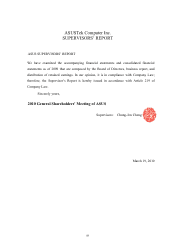 92
92 -
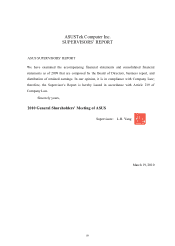 93
93 -
 94
94 -
 95
95 -
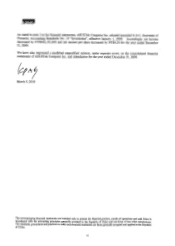 96
96 -
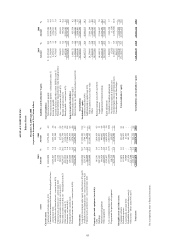 97
97 -
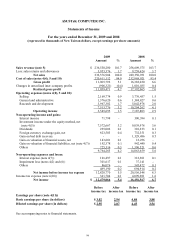 98
98 -
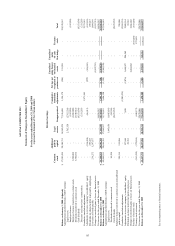 99
99 -
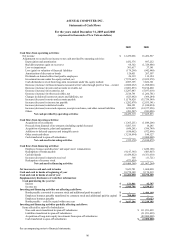 100
100 -
 101
101 -
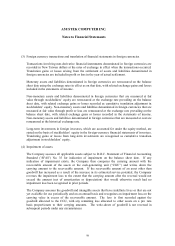 102
102 -
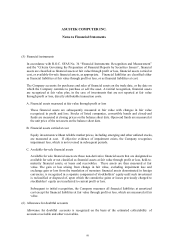 103
103 -
 104
104 -
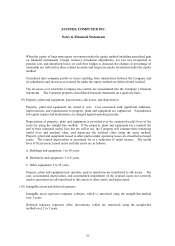 105
105 -
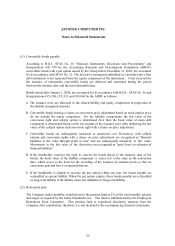 106
106 -
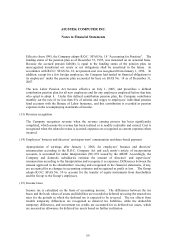 107
107 -
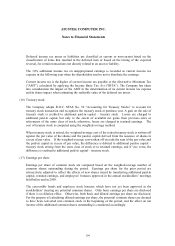 108
108 -
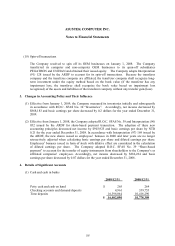 109
109 -
 110
110 -
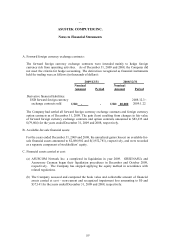 111
111 -
 112
112 -
 113
113 -
 114
114 -
 115
115 -
 116
116 -
 117
117 -
 118
118 -
 119
119 -
 120
120 -
 121
121 -
 122
122 -
 123
123 -
 124
124 -
 125
125 -
 126
126 -
 127
127 -
 128
128 -
 129
129 -
 130
130 -
 131
131 -
 132
132 -
 133
133 -
 134
134 -
 135
135 -
 136
136 -
 137
137 -
 138
138 -
 139
139 -
 140
140 -
 141
141 -
 142
142 -
 143
143 -
 144
144 -
 145
145 -
 146
146 -
 147
147 -
 148
148 -
 149
149 -
 150
150 -
 151
151 -
 152
152 -
 153
153 -
 154
154 -
 155
155 -
 156
156 -
 157
157 -
 158
158 -
 159
159 -
 160
160 -
 161
161 -
 162
162 -
 163
163 -
 164
164 -
 165
165 -
 166
166 -
 167
167 -
 168
168 -
 169
169 -
 170
170 -
 171
171 -
 172
172 -
 173
173 -
 174
174 -
 175
175 -
 176
176 -
 177
177 -
 178
178 -
 179
179 -
 180
180 -
 181
181 -
 182
182 -
 183
183 -
 184
184 -
 185
185 -
 186
186 -
 187
187 -
 188
188 -
 189
189 -
 190
190 -
 191
191 -
 192
192 -
 193
193 -
 194
194 -
 195
195 -
 196
196 -
 197
197 -
 198
198 -
 199
199 -
 200
200 -
 201
201 -
 202
202 -
 203
203 -
 204
204 -
 205
205 -
 206
206 -
 207
207 -
 208
208 -
 209
209 -
 210
210 -
 211
211 -
 212
212 -
 213
213 -
 214
214 -
 215
215 -
 216
216 -
 217
217 -
 218
218 -
 219
219 -
 220
220 -
 221
221 -
 222
222 -
 223
223 -
 224
224 -
 225
225 -
 226
226 -
 227
227 -
 228
228 -
 229
229 -
 230
230 -
 231
231 -
 232
232 -
 233
233 -
 234
234 -
 235
235 -
 236
236 -
 237
237 -
 238
238 -
 239
239
 |
 |
97
(Continued)
ASUSTeK COMPUTER INC.
Notes to Financial Statements
December 31, 2009 and 2008
(expressed in thousands of New Taiwan dollars unless otherwise specified)
1. Organization
ASUSTeK Computer Inc. (the Company) was established on April 2, 1990. The Company’ s
common shares were listed on the Taiwan Stock Exchange (TSE). Its main activities are to produce,
design and sell notebook PCs, main boards, CD-ROMs and add-on cards.
The Company resolved to spin-off its OEM businesses on January 1, 2008. Pursuant to the Company’ s
resolution, the Company transferred its computer and non-computer OEM businesses to its spun-off
subsidiaries PEGATRON CORPORATION (PEGATRON) and UNIHAN CORPORATION
(UNIHAN), respectively.
The Company’ s headcounts aggregated 3,455 and 3,933 as of December 31, 2009 and 2008,
respectively.
2. Summary of Significant Accounting Policies
The financial statements are prepared in accordance with the Guidelines Governing the Preparation of
Financial Reports by Securities Issuers, the Business Accounting Law, the Criteria Governing
Handling of Commercial Accounting, and accounting principles and practices generally accepted in
the Republic of China. The significant accounting policies and measurement basis adopted in
preparing the accompanying financial statements are as follows:
(1) Use of estimates
The preparation of the accompanying financial statements requires management to make estimates
and assumptions that affect the reported amounts of assets and liabilities and disclosures of
contingent assets and liabilities at the date of the financial statements and reported amounts of
revenues and expenses during the reporting periods. Actual results could differ from these
estimates.
(2) Classification of current and non-current assets and liabilities
Cash or cash equivalents, and assets that are held primarily for the purpose of being traded or are
expected to be realized within 12 months after the balance sheet date are classified as current assets;
all other assets are classified as non-current.
Liabilities that are held primarily for the purpose of being traded or are expected to be settled
within 12 months after the balance sheet date are classified as current liabilities; all other liabilities
are classified as non-current.
